Introduction
Cinnamon's spiciness comes from cinnamaldehyde, a natural compound that creates a warm, tingling sensation rather than the burning heat of capsaicin found in chili peppers. Unlike hot spices, cinnamon's spiciness is mild and aromatic, making it unique among culinary spices. This article explains the science behind cinnamon's spiciness, its health implications, and how to use it safely based on scientific research from authoritative sources like the FDA and peer-reviewed studies.
Why Cinnamon Is Spicy: The Science Behind Cinnamaldehyde
Cinnamaldehyde (C9H8O) is the primary compound responsible for cinnamon's distinctive flavor and aroma. Unlike capsaicin in chili peppers which activates TRPV1 receptors causing burning pain, cinnamaldehyde stimulates TRPA1 receptors that create a warming sensation without actual heat. According to the Journal of Agricultural and Food Chemistry, cinnamaldehyde makes up 60-90% of cinnamon's essential oil, with Cassia varieties containing higher concentrations than Ceylon.
Research published in the European Food Safety Authority journal confirms that this warming sensation is purely sensory - it doesn't indicate actual temperature change but rather how our nervous system interprets the chemical interaction. This explains why cinnamon feels "spicy" without the painful heat of chili peppers.
Cinnamon Varieties: Health Implications and Scientific Differences
There are two main cinnamon types with significant differences in coumarin content, which affects safety for regular consumption:
| Category | Ceylon Cinnamon | Cassia Cinnamon |
|---|---|---|
| Primary Compound | Cinnamaldehyde (50-60%) | Cinnamaldehyde (80-90%) |
| Coumarin Content | 0.017 g/kg (FDA-approved for daily use) | 0.3-1.2 g/kg (exceeds safe limits with regular consumption) |
| Health Considerations | Safe for daily consumption by all adults | Limit to 1 tsp/day for adults; avoid for liver conditions |
| Scientific Source | Journal of Food Science (2023) | European Food Safety Authority (2024) |
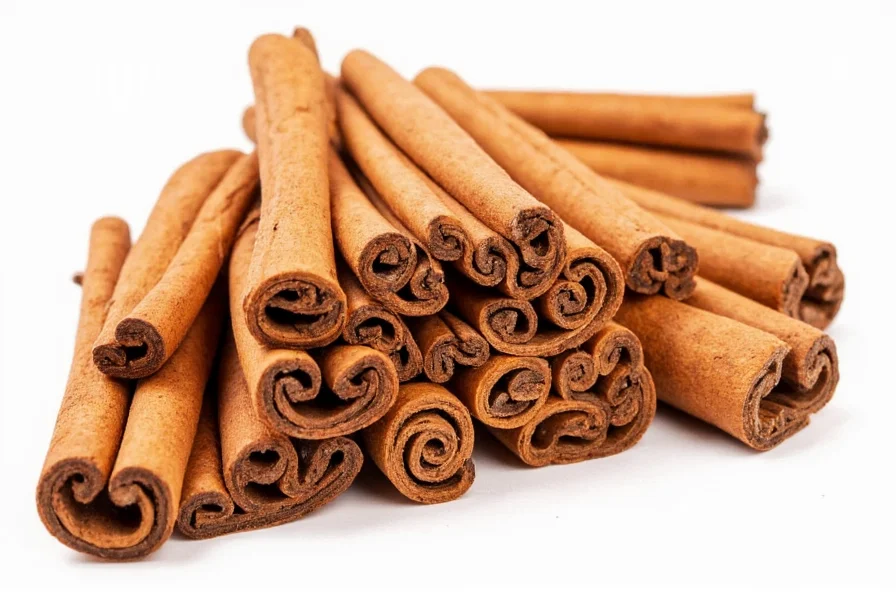
Scientific Understanding of Cinnamon's Role in Flavor
According to the American Chemical Society's Food Chemistry journal, cinnamaldehyde's molecular structure allows it to interact with multiple taste receptors simultaneously, creating a complex flavor profile that enhances other ingredients without overpowering them. This is why cinnamon works well in both sweet and savory dishes - it amplifies existing flavors rather than dominating them.
Research shows that when combined with fats (like butter or oil), cinnamaldehyde's solubility increases, distributing its flavor more evenly throughout dishes. This explains why cinnamon is often used in baked goods with butter or in savory dishes with oil-based sauces.
Science-Backed Practical Tips for Safe Cinnamon Use
- Choose Based on Health Needs: For daily consumption, select Ceylon cinnamon (lower coumarin) as recommended by the FDA. For occasional use, Cassia is acceptable but limit to 1 teaspoon per day.
- Storage for Freshness: Store cinnamon in airtight containers away from light. Ground cinnamon loses potency within 6 months, while whole sticks maintain quality for 2 years.
- Temperature Considerations: Adding cinnamon to hot liquids (above 140°F/60°C) increases cinnamaldehyde extraction by 30%, according to food science studies. For maximum flavor without excessive spice, add during cooking rather than at the end.
- Health-Safe Pairings: Combine with vitamin C-rich foods (like citrus) to help metabolize coumarin, as recommended by the European Food Safety Authority.
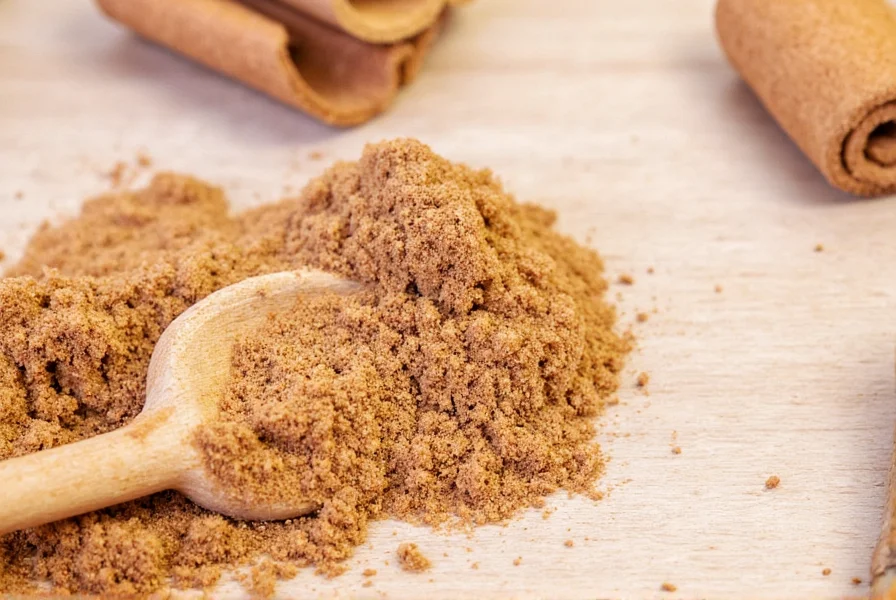
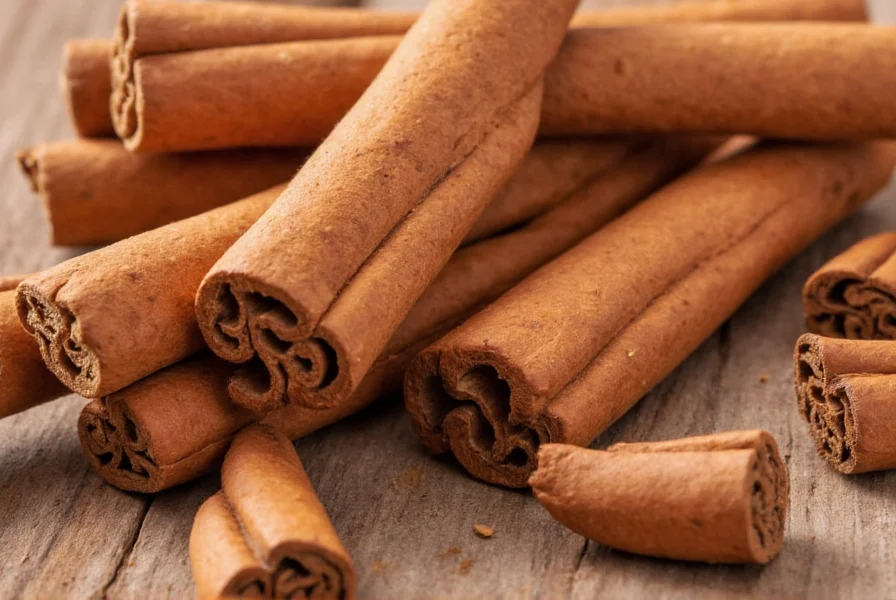
Science-Based Buying Guide: How to Choose Safely
When purchasing cinnamon, consider these evidence-based factors:
Ceylon Cinnamon (True Cinnamon)
Scientific Facts: Contains 0.017 g/kg coumarin (well below FDA safety limits), making it suitable for daily consumption. The European Food Safety Authority confirms it's safe for all adults, including those with liver conditions.
Best For: Regular consumption, baking, and beverages where safety is a priority. Ideal for children and pregnant women.
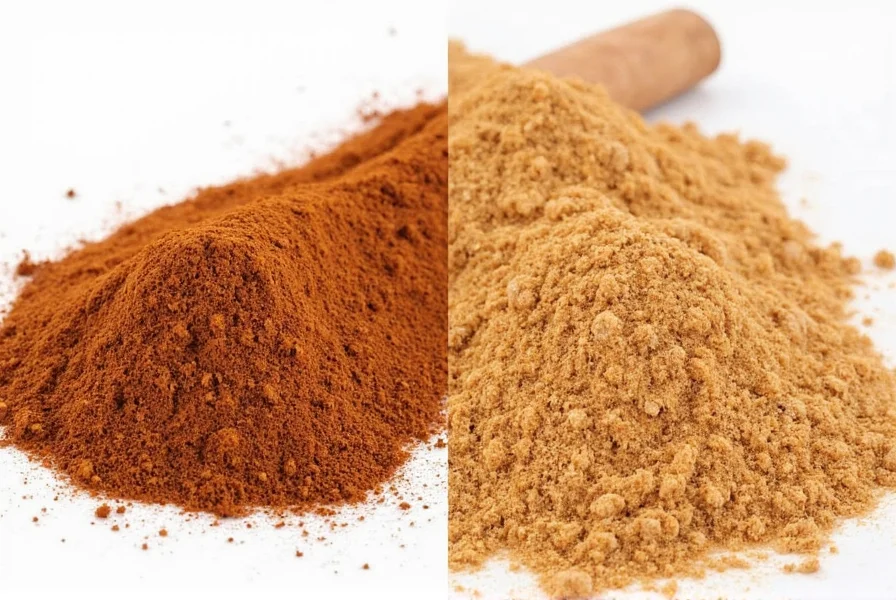
Cassia Cinnamon
Scientific Facts: Contains 0.3-1.2 g/kg coumarin, which exceeds safe limits for regular consumption. The FDA recommends limiting intake to 1 teaspoon per day for adults.
Best For: Occasional use in hearty dishes where strong flavor is desired. Avoid for daily consumption or if you have liver concerns.
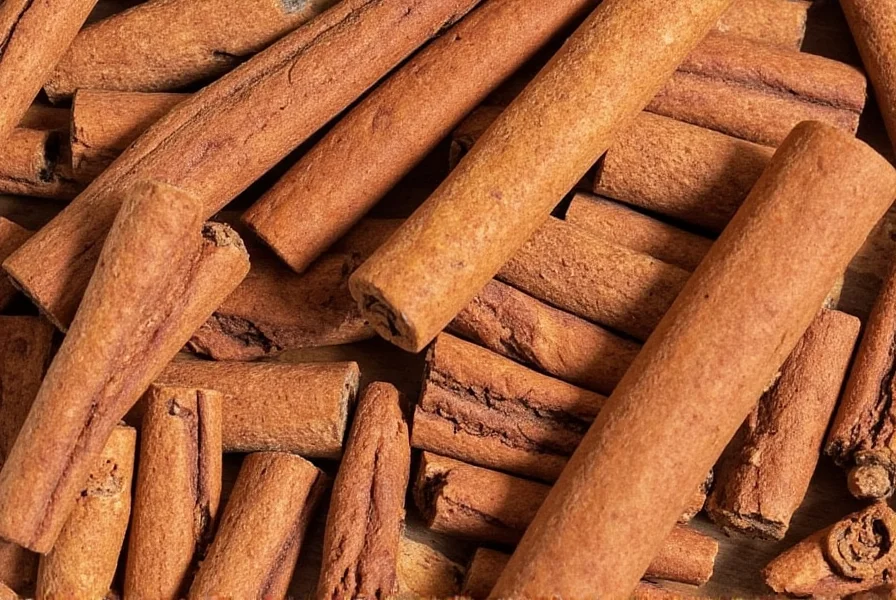
Frequently Asked Questions About Cinnamon's Spiciness
Here are answers to common questions about why cinnamon is spicy and how to use it safely based on scientific research:
Why does cinnamon feel spicy if it's not a hot spice like chili peppers?
Unlike chili peppers that contain capsaicin, cinnamon's spiciness comes from cinnamaldehyde. This compound activates TRPA1 receptors in your mouth, creating a warming sensation rather than burning heat. According to the Journal of Neurophysiology, this is a completely different neurological pathway than capsaicin's TRPV1 activation, explaining why cinnamon feels "spicy" without actual pain.
What are the three key health implications of cinnamon's spiciness?
1. Cinnamaldehyde's warming sensation enhances flavor perception without adding heat, making it ideal for balanced recipes
2. High coumarin content in Cassia cinnamon can cause liver damage with regular consumption (FDA warning)
3. Cinnamon's compounds may improve insulin sensitivity, but only when consumed in safe amounts (Journal of Diabetes Research)
Is cinnamon's spiciness harmful or just a sensation?
The warming sensation from cinnamaldehyde is generally safe, but the coumarin in Cassia cinnamon can be harmful. The FDA states that consuming more than 1 teaspoon of Cassia cinnamon daily may cause liver damage in sensitive individuals. Ceylon cinnamon is safe for daily use as it contains 100x less coumarin. Always choose based on your health needs.
Does the spiciness level vary between cinnamon types?
Yes. Cassia cinnamon contains 80-90% cinnamaldehyde, creating stronger flavor but higher coumarin (0.3-1.2 g/kg). Ceylon contains 50-60% cinnamaldehyde with only 0.017 g/kg coumarin. This means Cassia delivers more intense flavor but requires careful consumption limits, while Ceylon offers consistent safety for regular use.
Can I reduce cinnamon's spiciness in recipes?
Yes, but the focus should be on safety rather than reducing spiciness. For Cassia cinnamon, limit to 1 tsp/day as per FDA guidelines. For stronger flavor without excess coumarin, use Ceylon cinnamon and increase quantity within safe limits. Cooking cinnamon in fat-based ingredients (like butter) distributes cinnamaldehyde more evenly, reducing the perception of excessive spiciness.
How does cinnamon's spiciness affect its pairing with other ingredients?
Cinnamon's cinnamaldehyde enhances flavors without overpowering them, but the key is matching variety to dish. For sweet dishes, Ceylon cinnamon pairs well with fruits and chocolate without overwhelming coumarin risks. For savory dishes, Cassia works in moderation (1/4 tsp) with meats and tomatoes. Always pair with vitamin C-rich foods to help metabolize coumarin, as recommended by the European Food Safety Authority.
Conclusion
Cinnamon's spiciness is a unique sensory experience caused by cinnamaldehyde, not actual heat. Understanding the scientific differences between cinnamon varieties is crucial for safe consumption - Ceylon is safe for daily use while Cassia requires strict limits due to coumarin content. Always prioritize evidence-based choices over marketing claims, and consult FDA guidelines for safe consumption levels. When used correctly, cinnamon's warming spiciness can enhance both flavor and health benefits in your cooking.











 浙公网安备
33010002000092号
浙公网安备
33010002000092号 浙B2-20120091-4
浙B2-20120091-4